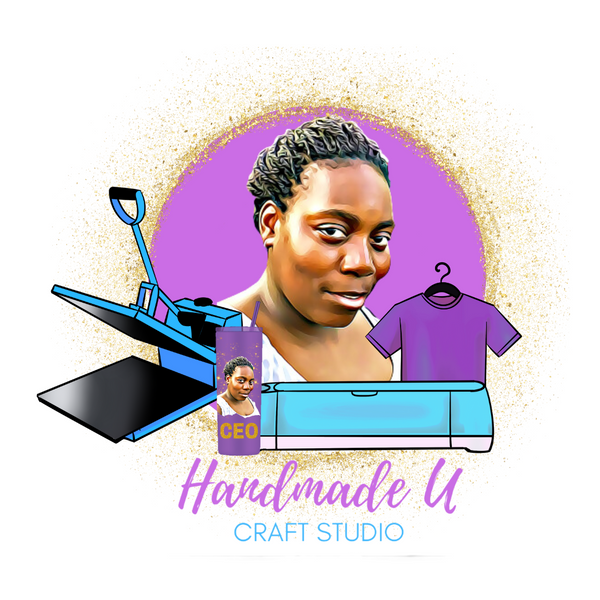How to Define Your Brand Voice as a Craft Business Owner
Because Your Brand Should Sound Like You, Not a Generic Caption Generator
Let’s talk about something a lot of handmade business owners overlook:
Your brand voice.
It’s not just what you say—it’s how you say it.
And if you’re copying what everyone else is doing online, blending into the scroll, or switching up your tone every other post, people are going to have a hard time connecting with your brand.
Here’s the truth:
Your brand voice is part of what makes your business unforgettable.
It’s the energy your customers feel when they read your captions, visit your website, open your emails, or read your packaging.
And the more consistent and authentic it is?
The more trust you build. The more recognizable you become. The more sales start to feel like conversations—not convincing.
What Is a Brand Voice?
Your brand voice is the personality behind your words. It’s the tone, the language, the vibe.
Are you playful and funny?
Warm and empowering?
Chic and elevated?
Real and unfiltered?
Your voice is what gives your business a soul—and what keeps your people coming back because they get you.
Why Brand Voice Matters for Handmade Businesses
People don’t just buy what you make.
They buy the feeling that comes with it.
They buy your story. Your heart. Your vibe.
So your words need to sound like you, not like a corporate script or a caption you found on Pinterest.
When your voice is consistent, people start to feel like they know you—and that’s how you turn browsers into buyers, and buyers into loyal fans.
How to Find (and Own) Your Brand Voice
Let’s break it down in 4 simple steps:
1. Think of Your Business Like a Person
If your brand was a friend, how would they talk?
Are they the hype-woman, the classy minimalist, the big-sis energy, the artsy rebel?
Write down 3-5 adjectives that describe their tone.
2. Audit Your Current Content
Scroll through your last 10 posts, product descriptions, or emails. Do they sound like the same person? Do they feel genuine or kind of forced?
3. Make a “Do Say / Don’t Say” List
Create a cheat sheet to keep your voice consistent. For example:
-
Do say: “Y’all, I’m OBSESSED with this new design.”
-
Don’t say: “Check out our newest product, now available for purchase.”
4. Practice on Purpose
Every time you write a caption or product description, read it out loud. Does it sound like something you would actually say? If not—revise until it feels right.
Action Step: Create Your Brand Voice Statement
Take 10 minutes to write your brand voice statement. Fill in the blanks:
“My brand voice is [tone/feeling], with a mix of [personality traits]. I talk to my customers like [relationship type: friend, mentor, big sis, hype woman]. I use language that makes them feel [emotion].”
Example:
“My brand voice is warm and fun, with a mix of real talk and encouragement. I talk to my customers like a creative bestie. I use language that makes them feel empowered and seen.”
Boom. You’ve got a brand voice. Use it everywhere—from your captions to your packaging inserts.
Your Voice Is a Vibe—Let It Lead
You don’t need to sound like a polished brand machine.
You just need to sound like you—on purpose, and with confidence.
When your voice matches your vibe, your people will feel it.
And when they feel it, they’ll follow, support, and come back again and again.
So speak up. Speak clearly. Speak consistently.
Your brand already has something to say—let’s make sure it sounds like you.
